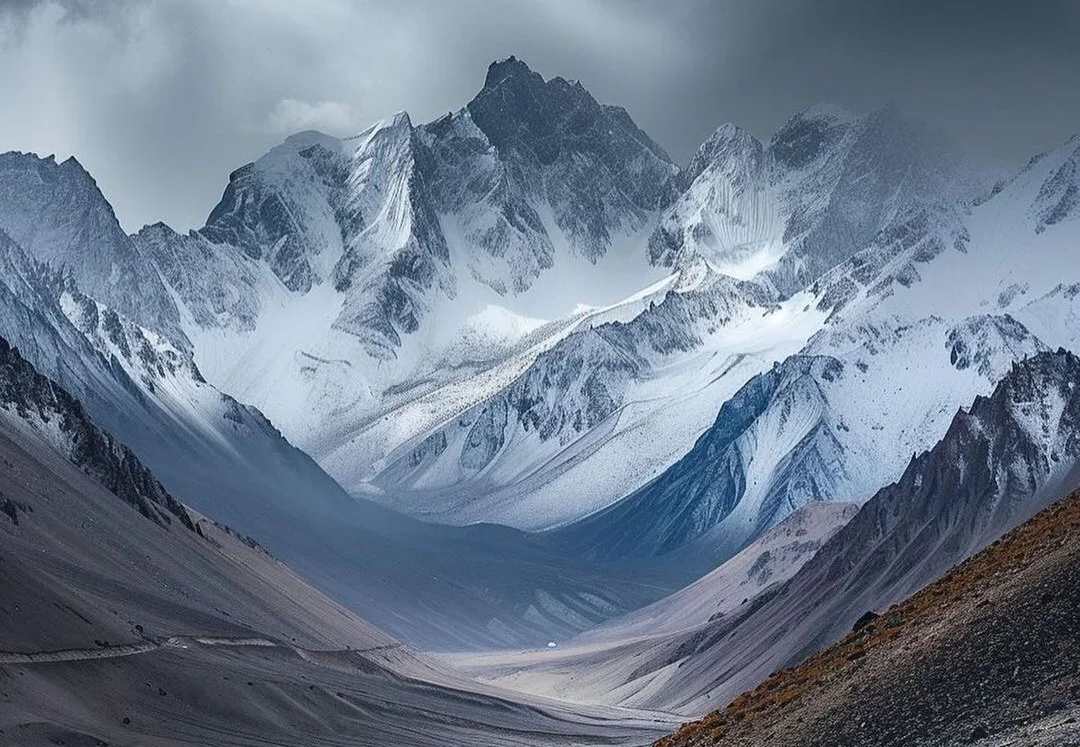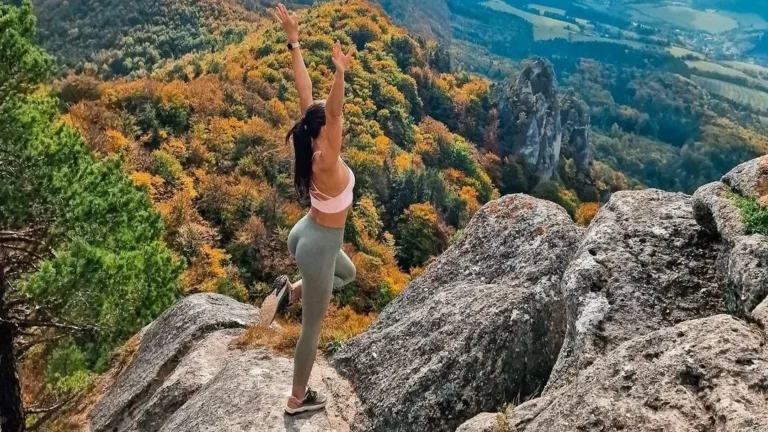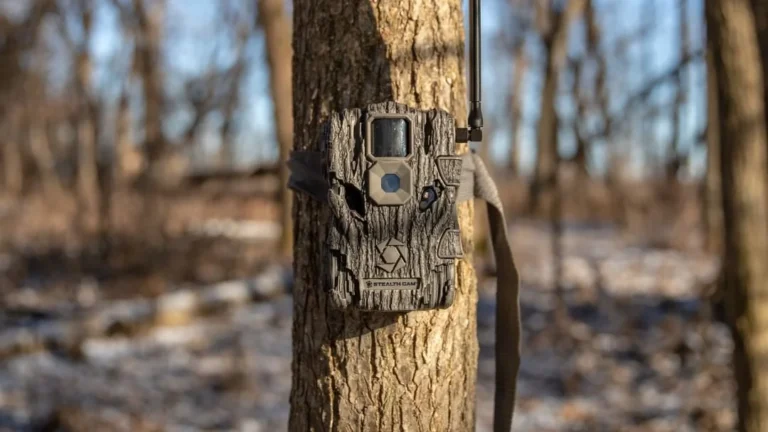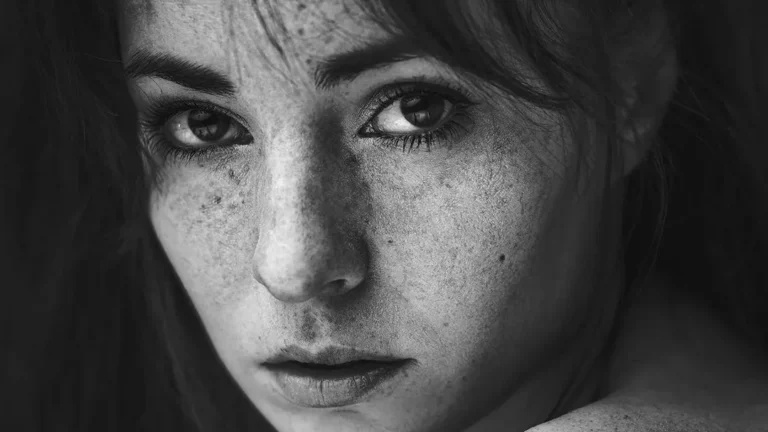Photographing nature is one of the best motifs, in my opinion. That’s why I’m thrilled to share my best cameras for nature photography with you!
Overview
| Camera | Best For | Price |
| Sony Alpha 7 IV | Best Allrounder | ~$2,500 |
| Canon EOS Rebel SL3 | Best Budget Option | ~$750 |
| Canon EOS R5 | Best for Professionals | ~$3,200 |
| Panasonic LUMIX G9II | Best 4/3 Option | ~$1,900 |
| Nikon D850 | Best Nikon Camera | ~$2,500 |
Top Picks for Nature Photography Cameras
1. Sony Alpha 7 IV
✅ Rapid Autofocus for Candid Moments
✅ Phenomenal Low-Light Performance
✅ Advanced Sensor for High Quality
❌ Unintuitive Menu
❌ Battery Pack is a must
One of the best choices out there for any occasion! It has great specs that will satisfy most professional photographers.
Especially for nature photography this camera is a perfect fit. Its responsive autofocus system seamlessly keeps pace with various birds and critters. With the amazing full-frame sensor, the image quality and the low-light performance are phenomenal.
The flip side – larger files and a considerable learning curve – is a small price to pay for the images you’ll take. But be warned, the cost is significant, so this isn’t a choice to take lightly.
Most Important Specs:
| Sensor | Full-Frame 33 Megapixels 7008 x 4672 |
| ISO | Auto, 100-51200 (expands to 50-204800) |
| Shutterspeed | 1/8000 sec |
| Focus Points | 759 |
| Measurements | 659 g (1.45 lb / 23.25 oz) 131 x 96 x 80 mm (5.16 x 3.78 x 3.15″) |
2. Canon EOS Rebel SL3
✅ Really affordable for a good DSLR
✅ Hinged Touchscreen for Photos from every angle
✅ One of the Lightest Canon DSLRs
❌ Professionals might miss advanced features
❌ Focus is not top-notch
If you’re on a tighter budget, this is the camera to get. For a budget camera, the quality and portability of the Rebel SL3 won me over instantly.
It used to be the lightest DSLR camera in the Canon lineup and is still an incredibly lightweight build. Just perfect for lengthy outdoor sessions.
A hinged touchscreen tops it off. Ideally, for taking photos from the ground or from high above. For a few hundred bucks, this is the best option to get.
Most Important Specs:
| Sensor | APS-C 24 Megapixels 7008 x 4672 |
| ISO | Auto, 100-25600 (expands to 51200) |
| Shutterspeed | 1/4000 sec |
| Focus Points | 9 |
| Measurements | 449 g (0.99 lb / 15.84 oz) 122 x 93 x 70 mm (4.8 x 3.66 x 2.76″) |
3. Canon EOS R5
✅ Incredible Specs (45MP, 8k Video...)
✅ Fast Autofocus for Candid Wedding Shots
✅ In-Body Stabilization
❌ Rather Expensive
❌ Hefty File Size
If you’re serious about nature photography and want to get the best quality photos, I’d recommend the Canon EOS R5.
This is by far the camera with the best specs I’m recommending here. 45 Megapixels and 8K Video quality are no joke and will deliver amazing results.
The build is more on the stable side, which is not bad as it makes the camera more durable. However, for long hikes, it might be a bit heavy.
If you have the money to spare, definitely go with the R5. I absolutely love this camera and its one of the best cameras for nature photography!
Most Important Specs:
| Sensor | Full-Frame 45 Megapixels 8192 x 5464 |
| ISO | 100-51200 (expands to 102400) |
| Shutterspeed | 1/8000 sec |
| Focus Points | 1053 |
| Measurements | 738 g (1.63 lb / 26.03 oz) 138 x 98 x 88 mm (5.43 x 3.84 x 3.46″) |
4. Panasonic LUMIX G9II
✅ 4/3 instead of Full-Frame, saves money
✅ Amazing Autofocus
✅ Exceptional Image Stabilization
❌ No full-frame
❌ A bit heavier
If you’re after the perfect blend of speed, precision, and image stabilization for nature photography, the LUMIX G9II is your go-to camera.
As the camera has a 4/3s system instead of full-frame, we save money on this part and can get better specs altogether.
And you can definitely notice these! The image stabilization is among one of the best I’ve ever tried, making tripods basically obsolete. This is especially necessary as the camera is a bit sturdier.
Autofocus is great as well, as is the low-light performance and the general image quality. A great pick overall!
Most Important Specs:
| Sensor | Four Thirds 25 Megapixels 5776 x 4336 |
| ISO | Auto, 100-51200 (expands to 50-204800) |
| Shutterspeed | 1/8000 sec |
| Focus Points | 779 |
| Measurements | 658 g (1.45 lb / 23.21 oz) 134 x 102 x 90 mm (5.29 x 4.03 x 3.55″) |
5. Nikon D850
✅ Compatible with Nikon Equipment
✅ Impressive Autofocus and fast continuous shooting
✅ Stellar image resolution and dynamic range
❌ Overly complex for beginners
❌ Heavier body
As I know, many photographers are huge Nikon fans; here is my top Nikon camera for nature photography.
If you have Nikon equipment, you may want to stay in their ecosystem. In that case, the D850 is the perfect option for you.
With 45 Megapixels your photos will be exceptionally regarding image quality. A great ISO range will give you great photos even in dim light, and a great shutter speed tops it off.
It also has excellent battery life for long hikes, so absolutely perfect for a photography session outdoors.
Most Important Specs:
| Sensor | Full-Frame 45 Megapixels 8256 x 5504 |
| ISO | Auto, 64-25600 (expands to 32-102400) |
| Shutterspeed | 1/8000 sec |
| Focus Points | 151 |
| Measurements | 1005 g (2.22 lb / 35.45 oz) 146 x 124 x 79 mm (5.75 x 4.88 x 3.11″) |
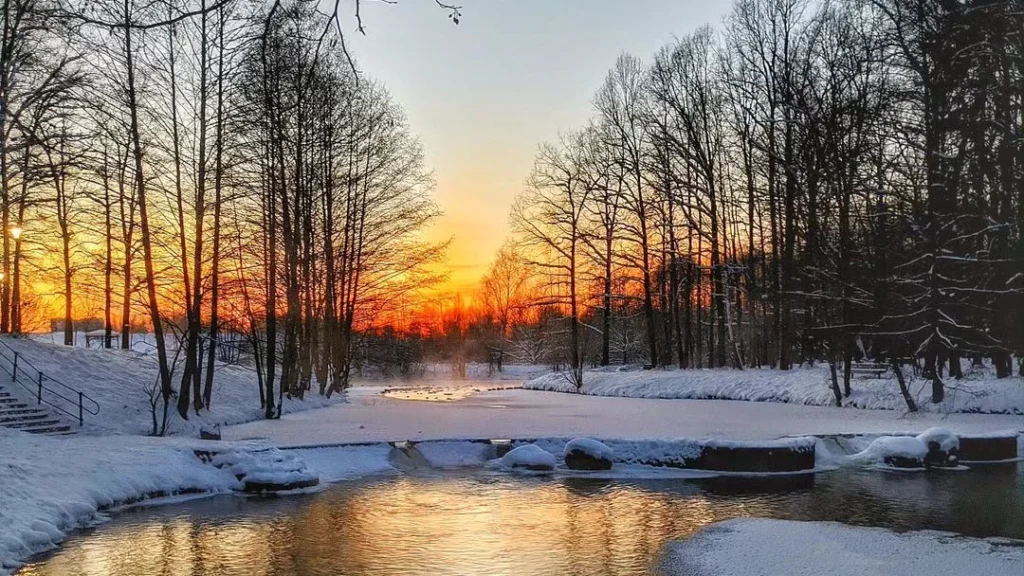
Buying Guide
If you’re unsure what the most important aspects are to determine the best cameras for nature photography, let me guide you through each specification:
Image Quality
I always consider the sensor size and resolution because they have a significant effect on image quality, especially in low-light conditions. Larger sensors generally provide better quality and allow more light to enter, which is crucial for capturing the vibrant details of nature.
- Full-frame sensors are my top choice for the best image quality. Smaller sensors might save money, though.
- Megapixels (MP): More megapixels result in higher-resolution photos, which are beneficial for large prints.
Durability & Weather Sealing
Nature photography can expose your camera to harsh elements. So, check for weather-sealing features that offer protection against dust, moisture, and extreme temperatures.
- Look for cameras with a solid build and weather sealing.
- Material: Magnesium alloy bodies are sturdy and weather-resistant.
Lens Compatibility
A variety of lenses can enhance creativity and the ability to capture different perspectives, from wide-angle landscapes to close-up wildlife shots.
- Ensure the camera has a wide selection of compatible lenses.
- Consider cameras with the ability to adapt other brand lenses for greater flexibility.
Autofocus Speed & Accuracy
Capturing wildlife often requires rapid and precise focusing. If you need more inspiration, have a look at the Best Cameras for Bird Photography.
- A camera with a fast and accurate autofocus system is crucial for sharp images.
- Look for features like eye-tracking and subject recognition.
Frames Per Second (FPS)
When photographing wildlife in action, I need a camera that can keep up.
- Higher FPS is better for capturing fast-moving subjects.
- A camera with at least 5 FPS is adequate, but more is preferred for action shots.
Summary
So to sum it up, these are the most important features for the best cameras for nature photography:
| Feature | Why it’s Important for Nature Photography |
|---|---|
| Sensor Size | Larger sensor for better image quality |
| Weather Sealing | Protection against elements |
| Lens Compatibility | Access to a variety of lenses |
| Autofocus | Sharp images of moving wildlife |
| Frames Per Second | Capture fast action |
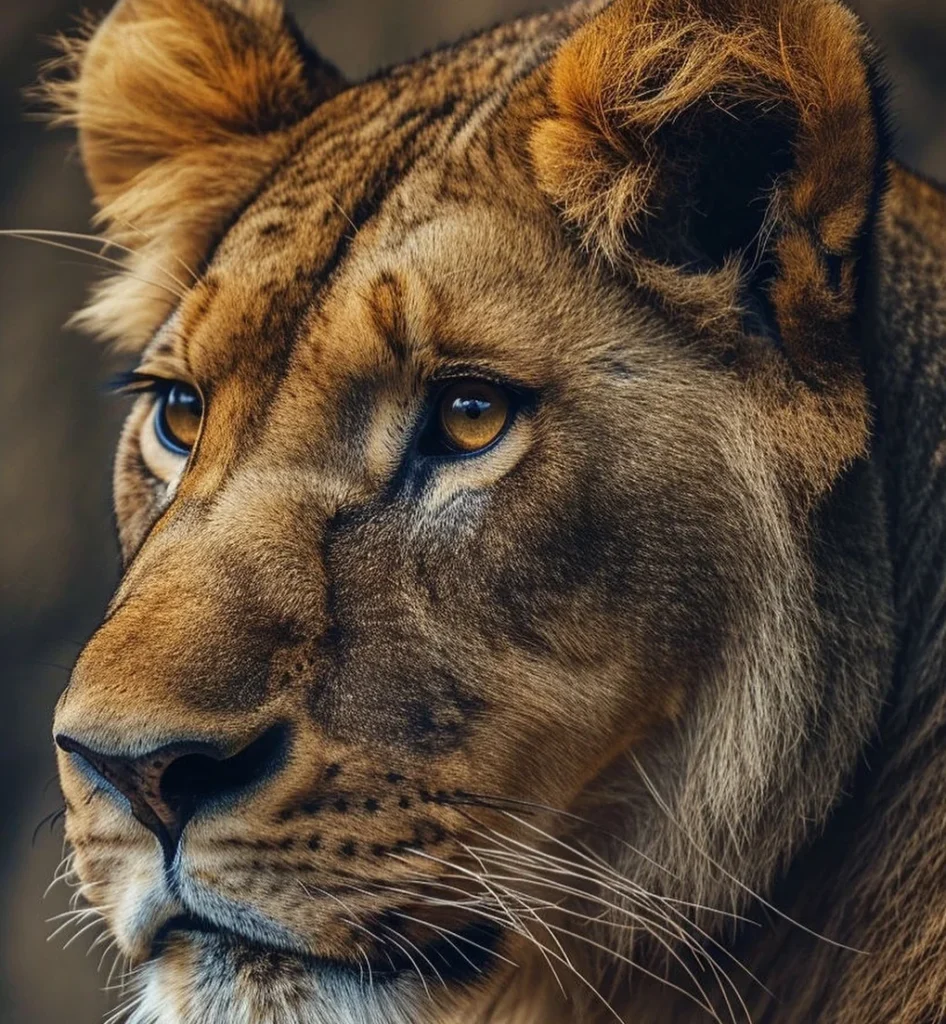
My Opinion on the Best Cameras for Nature Photography
If you are serious about getting into nature and wildlife photography, I really recommend getting the Sony A7 IV. It’s a solid allrounder that will satisfy most hobbyists and professionals.
If you’re on a budget and just want a lightweight DSLR camera, definitely get the Rebel SL3. This camera is an absolute delight to carry around and will deliver great results.
If you want to go all out and get the best nature photos possible, have a look at the EOS R5. Even though it’s a bit heavier, it brings immense photography power to compensate for that!
Now you have everything to decide on the best cameras for nature photography! I’m sure you will love the options I listed. If you want to have a look at other recommendations or guides, have a look at these:
Also, have a look at our Pinterest, to stay up-to-date with the latest photography trends!
Do you have other recommendations for the best cameras for nature photography in 2024? Let us know in the comments down below!

